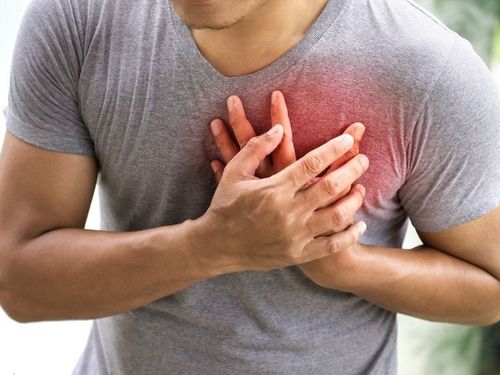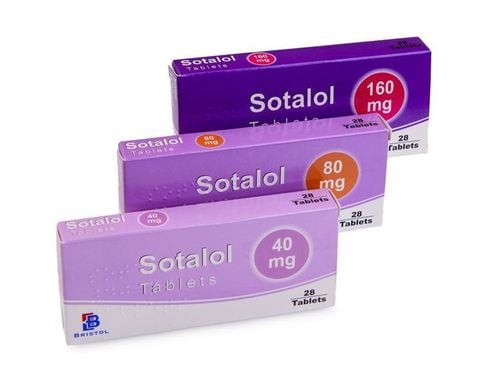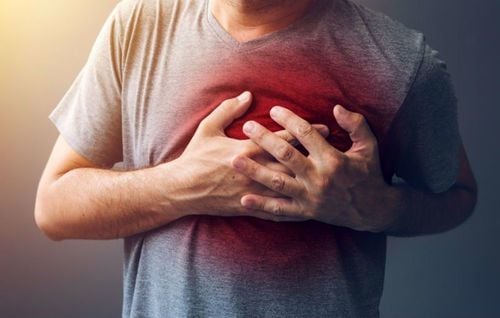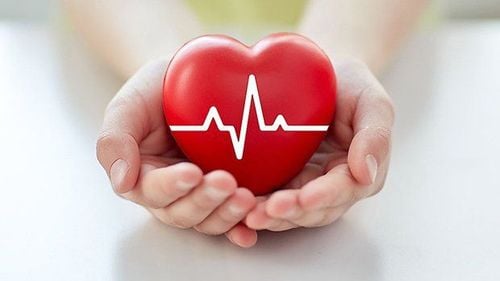This is an automatically translated article.
The article was professionally consulted with Specialist Doctor II Nguyen Quoc Viet - Interventional Cardiologist - Department of Medical Examination & Internal Medicine - Vinmec Danang International General Hospital.High-frequency cardiac stimulation in children is performed to stop a tachyarrhythmia when other emergency measures are ineffective. So how is high-frequency cardiac stimulation in children performed?
1. Purpose of high-frequency cardiac stimulation in children
High-frequency cardiac stimulation is a technique used in resuscitation to interrupt episodes of tachycardia (such as atrial tachycardia, paroxysmal supraventricular tachycardia) for which other emergency measures are ineffective. Cardiac stimulation with high frequency also helps to correct arrhythmias with indications for placing a temporary pacemaker (Pacemacker) to ensure rhythm and hemodynamics for the child.However, high-frequency cardiac stimulation is not suitable for all cases of tachyarrhythmias in children. This technique is contraindicated in children with ventricular tachycardia, ventricular fibrillation, and asystole.
2. Steps to prepare for high-frequency cardiac stimulation
2.1. Personnel and facilities The team that performs injection stimulation with high frequency includes 1 experienced doctor and 1-2 supportive nurses.Necessary equipment includes:
Electrocardiogram monitor, blood pressure monitor, SPO2, Pacemacker machine, electrode, monitoring machine, emergency equipment for cardiopulmonary arrest (balloon, mask, oxygen, intubation set) windpipe...); doppler ultrasound machine to assess cardiac function,... Isotonic fluids, cardiac stimulants, vasopressors: dopamine, adrenaline, dobutamine,... 2.2. Prepare the patient Before performing high-frequency cardiac stimulation, the doctor will re-examine the patient, explain to the child and family about the condition, the purpose of performing the technique and the possible risks. out. Instruct the family to sign a commitment to treatment.

3. Steps to conduct high-frequency cardiac stimulation
3.1. Check the child's condition Reassess the child's condition in alphabetical order. Where, A stands for Airway, which means clearing the airways. B stands for Breathing, which means maintaining the patient's breathing. C stands for circulation, which means keeping the circulatory system active. Re-check the factors of arrhythmia status in children such as: electrode rhythm, electrocardiogram, electrolytes, type of arrhythmia, factors of arrhythmia on hemodynamic, respiratory status. Perform transdermal electrode placement if the child does not already have an electrode. 3.2. Conduct high-frequency cardiac stimulation Rely on the electrocardiogram to accurately re-determine the type of arrhythmia in the child. Connect the electrode on the young person to the pacemaker cable. Select high frequency beat stimulation mode. Set a frequency > 100 times the child's baseline. Press the pulse generator button to stimulate the heart rate to the desired new rate and hold for 10 seconds. Then suddenly stop pressing the button and monitor the baby's heart rate. If rhythm does not return, repeat if necessary. After high-frequency cardiac stimulation, the child will be closely monitored heart rate, electrocardiogram, blood pressure, urine, blood gases, cardiac output every hour.Please dial HOTLINE for more information or register for an appointment HERE. Download MyVinmec app to make appointments faster and to manage your bookings easily.
Source: Ministry of Health













